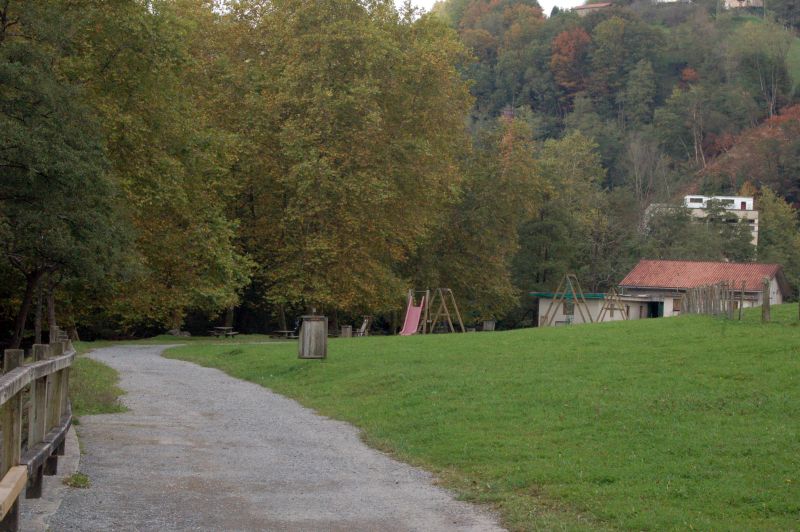
Puntos de Interés

Orography
The island of La Palma
The island of La Palma is located in the Atlantic Ocean, forming part of the Canary Islands archipelago. Administratively, it belongs to the Autonomous Community of the Canary Islands, and the province of Santa Cruz de Tenerife. Its volcanic orography, sculpted over the years, has given rise to a diverse and complex landscape and a unique geography.
Throughout history, La Palma has received different names, one of the first being the aboriginal name "Benahoare", which translates as "my land" or "place of the ancestor". in 1341, during Niccoloso da Recco's expedition, The island was first referred to as "La Palma", highlighting its imposing and cloudy atmosphere. Although the explanation that relates the term to Canary Island palm trees, there are certain inconsistencies, as this tree is not particularly prominent in the island's vegetation.
José de Viera y Clavijo, an enlightened Tenerife writer, came up with another intriguing theory: the name "La Palma" could derive from Mallorcan navigators of the 14th century, who would have taken it from the capital of their native island, adding the syllable "la" to distinguish it. Today the island is known affectionately as La Isla Bonita (the Nice Island), La Isla Verde (the Green Island) and La Isla Corazón (the Heart Island).
The geology of La Palma is fascinating, with an extensive history of volcanic activity, which has marked the history of the island. Approximately two million years old, the island was formed by an underground volcano 4,000 m below sea level. The island is organised around Cumbre Vieja, a chain of volcanoes that divides the island into two climatic zones, and the Caldera de Taburiente, an impressive underwater crater, which forms the core of the Caldera de Taburiente National Park, the largest geographical feature of its kind in the world. This means that the terrain of La Palma is shaped by the force of volcanic activity, with historical eruptions ranging from that of Montaña Quemada, the first recorded in 1470, to the recent eruption of the Tajogaite volcano of Cumbre Vieja in 2021 and the surrounding climatology.
The island's climate characteristics are marked by its geographical position and mountainous topography, generating varied microclimates and different bioclimatic floors. These characteristics have led to the appearance of ecosystems rich in endemic biodiversity with plant formations like laurel and pine forests, fayal-brezal and Hercules club, the latter in the driest areas. Notable species include the blue chaffinch (Fringilla teydea), the La Palma giant lizard (Gallotia auaritae) and the scarce Bulwer's petrel (Bulweria bulwerii).
The island is dotted with natural landmarks and unique habitats, protected under different categories like National Parks, Natural Parks and the Natura 2000 network. These include: The Caldera de Taburiente, Cumbre Vieja, the Caldera de Taburiente National Park and the Roque de los Muchachos, which houses an internationally renowned astronomical observatory.
Historically, the various archaeological remains found of Benahorita origin like stone engravings or cave dwellings deep in the ravines, tell the story of the island's first settlers and the subsequent impact on the island's social organisation with the arrival of the Christians in the 15th century. Churches like the Church of El Salvador, built in the 16th century in the Mudejar style, illustrate the historical and architectural evolution of the island.
In terms of municipal organisation, La Palma is made up of 14 municipalities, each with its own identity and economic activity. The population of around 55,000 inhabitants is sustained by an economy rooted in agriculture, livestock and handicrafts, with basketry, ceramics, wood and forging. Meanwhile, the importance of tourism, especially focused on trails, volcanoes and beaches, has been increasing.
As for the festivities rooted in the local culture, the Bajada de la Virgen de las Nieves, the pilgrimage celebrated every five years with the dances of magicians and giants. There is also the vibrant carnivals and the peculiar Día de los Indianos. Traditional sports, from wrestling to palo canario and popular road races, highlight the island's sporting identity. The gastronomy of La Palma, based on local and traditional produce, and dishes like escacho palmero and papas arrugadas (wrinkled potatoes), reflect its culinary authenticity. The importance of self-sufficiency products adds a distinctive nuance, consolidating the connection between the island and its traditions.


